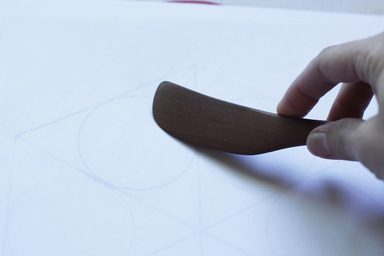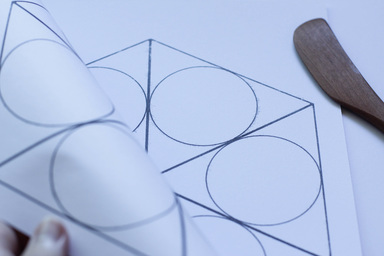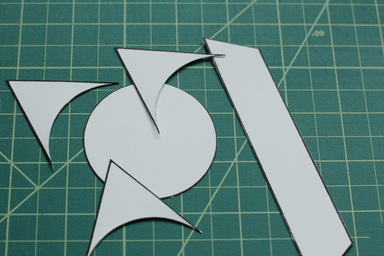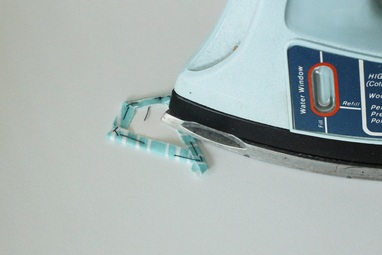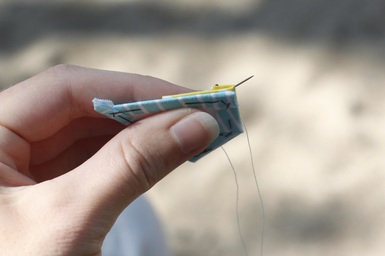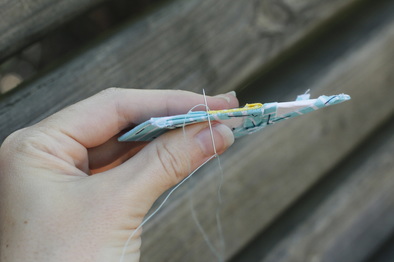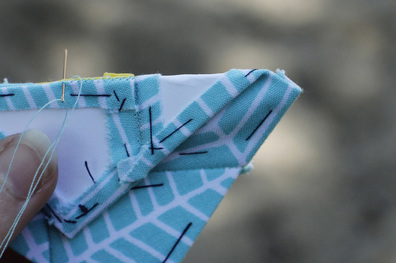The simple tutorial I have for you today is all about how to use a colorless blender pen to transfer a printout from any black-and-white laser-printed image to your choice of paper. Here's what you'll need:
- Colorless blender pen (Chartpak makes a really nice one)
- Cardstock or other paper in the weight you prefer (non-glossy is best)
- Burnishing tool (such as a bone folder or wood spreading knife)
- Laser-printed page(s) with your chosen design (each page can only be used once, so you will need one printout for each image-transferred page)
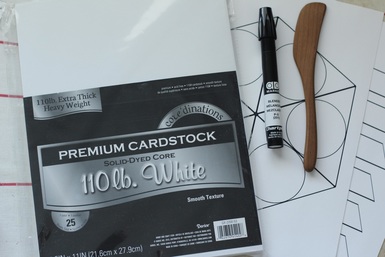
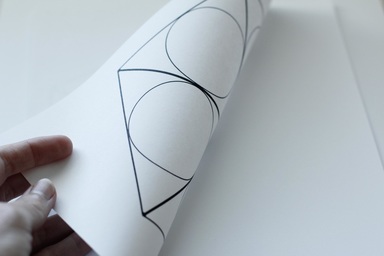
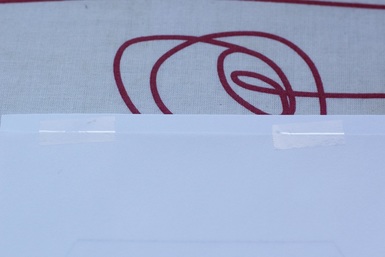
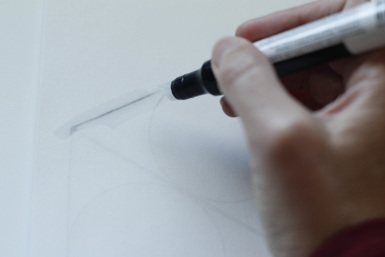
Use your pen to draw over the printed lines on your printout. The liquid dries pretty quickly, so work in smaller sections if you have a large design to transfer.
